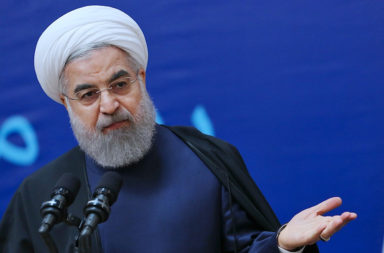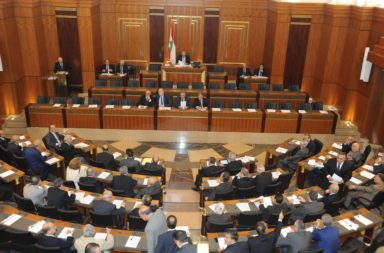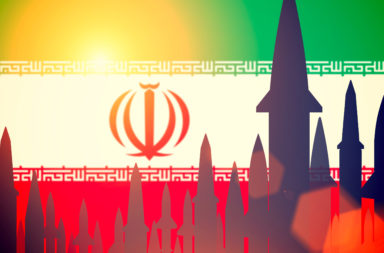The American Enterprise Institute has published a recent interview with Dick Cheney about the War in Iraq. The basic premise of the piece was to ask is the Iraq war was a triggering factor, that getting rid of Saddam Hussein was ripping the lid off of the Middle East and destabilizing the region.
Mr Cheney defends his actions and wants us to turn our eyes to history. He reminds people that Saddam had a nuclear program since the 1980s, as he was developing a nuclear program with the Osirak Reactor outside of Baghdad, which was taken out by the Israelis in Operation Opera, on June 7th, 1981.
In 1990, Israeli intelligence showed then Secretary of Defense Cheney evidence that Saddam had restarted the program, and so during Desert Storm, the Americans took out the program. The IAEA investigated, and found that Saddam was closer to a nuclear weapon than anyone thought.
After elected as Vice President in 2000, intelligence was already coning in showing that Saddam was pursuing nuclear proliferation again. “[Saddam] had a well established track record that he was a troublemaker,” Cheney said. Additionally, Cheney cites that just days after toppling Saddam, Libyan leader Qaddafi surrendered all his nuclear material.
Mr Cheney said that his biggest fear in our world was terrorists acquiring nuclear material. He still feels that this is a huge threat to us today.
He said “the Iranians are unleashed“, as he detailed how Iran got the basic plans for nuclear proliferation, and he talks about the Syrian reactor that was taken out by the Israelis in 2007.
Cheney attacked Obama, saying that “whats worked in that part of the world for dealing with the nuclear problem has been military force, or the threat of military force. And the thing about the Obama administration is they didn’t pursue that option. Obama wrote it off from the very beginning.”
Whatever you may think, Dick Cheney has a long history of public service especially in the defense sector. He is a very smart individual, and regardless of politics, his opinion is valued. He paints a picture that the US was stuck in a corner and lashed out at a continued threat, but he does not really answer the question as to whether toppling Saddam was the straw that broke the camels back in the middle east for this period of incredible destabilization and chaos in the region.





